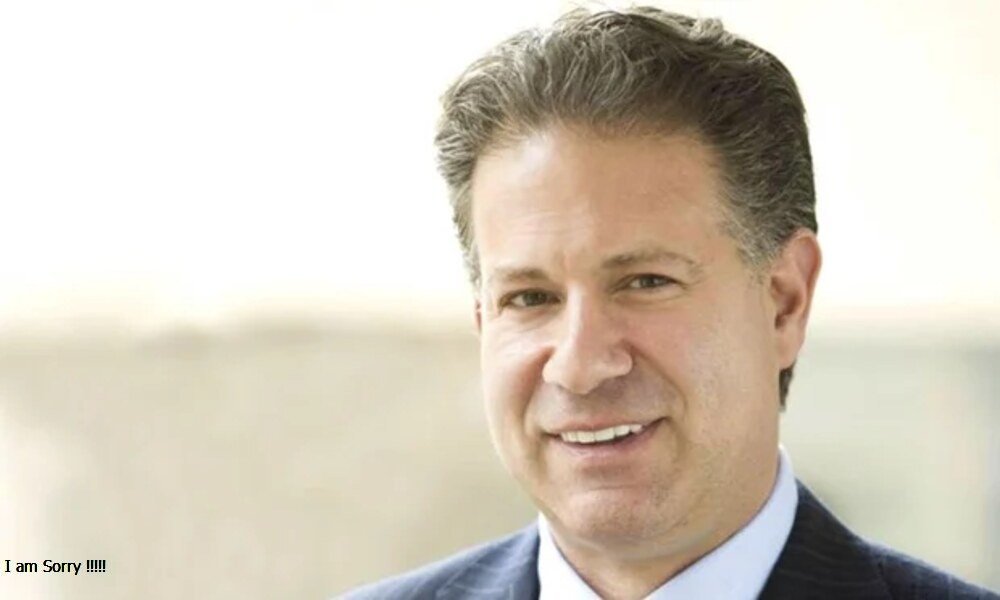Sales is the foundation of any successful business. While marketing efforts may drive awareness and interest, the sales team ultimately converts leads into customers. However, the modern sales process requires specialized roles to manage different aspects effectively. One of the most critical roles in this process is that of a Sales Development Representative (SDR).
If you’re looking to hire a sales development representative, you’re strategically moving toward improving lead generation, streamlining outreach, and accelerating revenue growth. In this guide, we’ll explore why hiring an SDR is crucial, how to identify the right candidate, and the best strategies to successfully integrate them into your sales team.
What Is a Sales Development Representative?
A Sales Development Representative (SDR) is a specialized sales professional focusing on the early stages of the sales cycle. Their primary responsibilities include:
Prospecting potential clients
Conducting cold calls, emails, and LinkedIn outreach
Qualifying leads before handing them off to Account Executives (AEs)
Building relationships with prospects to nurture long-term sales opportunities
By taking over the tedious and time-consuming task of lead qualification, SDRs enable sales executives to focus on closing deals and driving revenue.
Why You Should Hire a Sales Development Representative
Many companies struggle with the decision of whether to invest in an SDR. Here’s why hiring an SDR can have a transformative impact on your business:
1. Boosts Sales Productivity
Without SDRs, sales reps spend much more time prospecting rather than selling. By hiring SDRs, your Account Executives can dedicate their energy to high-value conversations, resulting in more closed deals and increased revenue.
2. Improves Lead Qualification
Not every lead is ready to buy. SDRs ensure that only high-intent, high-quality leads are passed to your sales team. This prevents your sales reps from wasting time on cold prospects and improves conversion rates.
3. Strengthens Pipeline Growth
SDRs play a crucial role in keeping your sales pipeline full. Their proactive outreach ensures a continuous flow of new opportunities, preventing slow sales periods due to lacking leads.
4. Enhances Customer Engagement
An SDR serves as the first point of contact for potential customers. Their ability to engage, educate, and qualify prospects early creates a better customer experience and builds trust with your brand.
5. Increases Market Intelligence
Through their prospect conversations, SDRs gather valuable insights about customer pain points, objections, and competitor offerings. This intelligence can help refine your sales strategy and improve your go-to-market approach.
How to Hire the Right Sales Development Representative
Finding the correct SDR requires a structured approach. Here’s how you can attract and recruit top talent:
1. Define the Ideal Candidate Profile
Before you begin the hiring process, outline the key qualities and skills you want in an SDR. Ideal candidates typically have:
Strong communication skills
Resilience and persistence
A positive and energetic attitude
An ability to learn quickly and adapt to feedback
Experience with CRM and sales tools (e.g., HubSpot, Salesforce, Outreach.io)
2. Write a Clear Job Description
A compelling job description should clearly define the SDR’s role, expectations, and potential for growth. It should also highlight key responsibilities, required skills, and what makes your company a great place to work.
3. Source Candidates from the Right Channels
To attract top SDR talent, leverage multiple sourcing channels, including:
LinkedIn and Online Job Boards: Post job openings on LinkedIn, Indeed, and Glassdoor platforms.
Recruiting Agencies: Partner with agencies that specialize in sales hiring.
Sales Training Programs: Engage with boot camps and training programs that develop entry-level sales professionals.
Employee Referrals: Encourage your current employees to refer potential candidates.
4. Conduct Effective Interviews
To assess whether a candidate has the right skills and mindset, ask targeted questions such as:
How do you approach cold outreach to a new prospect?
What strategies do you use to handle objections?
Can you walk me through your process of qualifying a lead?
What motivates you in a sales role?
Role-playing exercises can also help evaluate their ability to handle real-world sales scenarios.
5. Assess Cultural Fit
Beyond technical skills, a marvelous SDR should align with your company’s values and culture. Look for candidates who demonstrate enthusiasm for your industry, a collaborative mindset, and a willingness to learn and grow.
Training and Onboarding Your SDR
Once you hire a sales development representative, providing the proper training and support is essential for their success.
1. Provide Comprehensive Sales Training
Equip your SDR with product knowledge, sales techniques, and an understanding of your ideal customer profile (ICP). Regular training sessions help refine their approach and improve performance.
2. Implement a Structured Onboarding Plan
Create a 30-60-90 day onboarding plan that includes:
Week 1-2: Learning about the company, industry, and sales process
Week 3-4: Shadowing experienced sales reps and practicing outreach
Month 2-3: Gradually taking on more responsibilities while receiving mentorship and feedback
3. Set Clear Expectations and Metrics
Define success metrics for your SDR, such as:
Number of outbound calls/emails per day
Lead qualification rate
Number of meetings scheduled
Conversion rates from outreach to opportunity
Regular performance reviews help ensure they are on track and provide opportunities for coaching.
Should You Hire an In-House SDR or Outsource?
Many businesses debate whether to build an in-house SDR team or outsource the function to a sales agency. Here’s a breakdown of both options:
Hiring an In-House SDR
Pros:
Greater control over training and sales strategies
Stronger integration with company culture
Long-term investment in building internal expertise
Cons:
Requires time and resources for hiring and training
Higher fixed costs (salary, benefits, office space)
Outsourcing SDR Services
Pros:
Immediate access to experienced SDRs
Lower costs compared to hiring a full-time team
Flexibility to scale up or down based on business needs
Cons:
Less control over the sales messaging
Potential challenges in aligning with your company’s specific goals
Choosing between in-house and outsourced SDRs depends on your budget, growth stage, and sales strategy.
Final Thoughts
Hiring a Sales Development Representative is a crucial investment for companies looking to scale their sales efforts effectively. SDRs generate qualified leads, optimize sales productivity, and accelerate revenue growth.
If you’re ready to hire a sales development representative, focus on defining the right candidate profile, implementing an effective hiring process, and providing intense training and support. With the correct SDR on your team, your sales pipeline will remain robust, and your business will be positioned for long-term success.
Do Read: Step-by-Step Guide to Setting Up a Ledger Book Format for Accurate Bookkeeping















